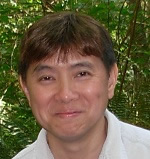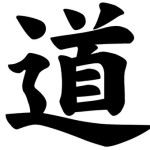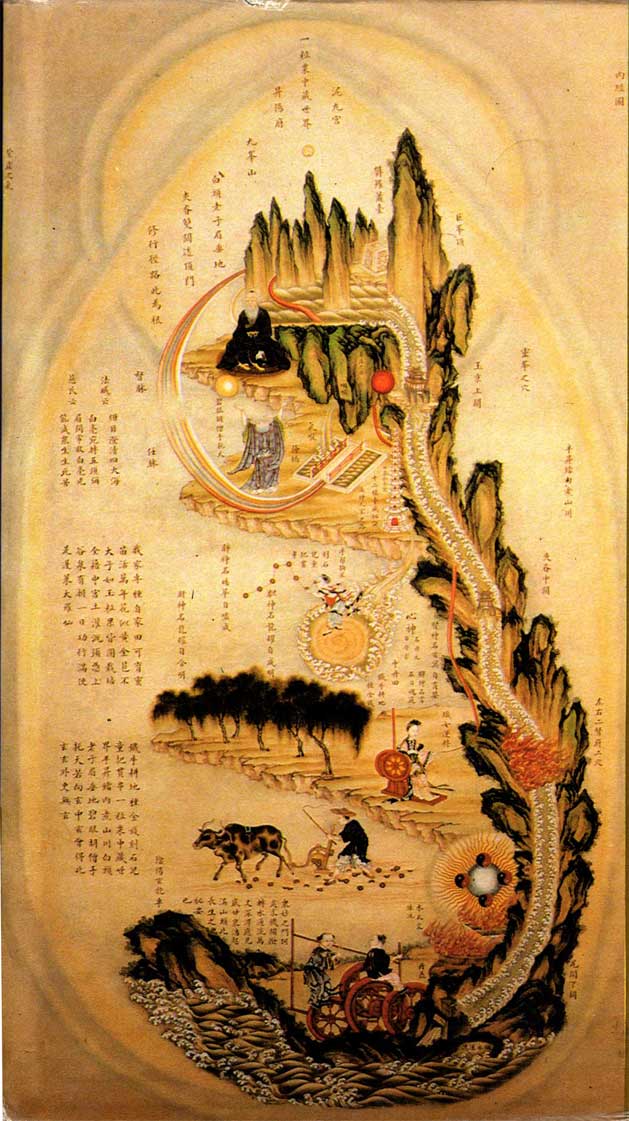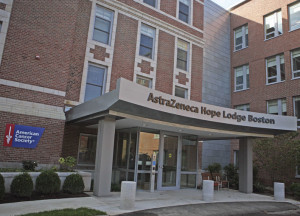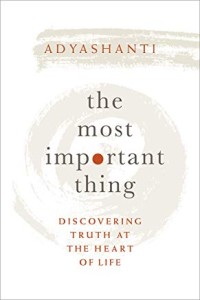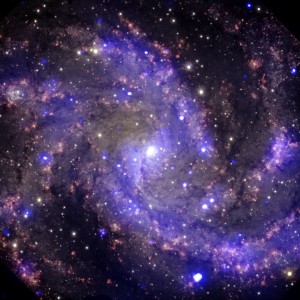Stillness, Heart-ness, Kidney Qi
Opening Meditation: Opening the heart to 6 sacred directions: Option A
Sitting sthira sukham, allow the heart center to soften and breathe.
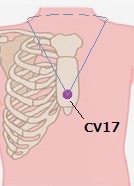 Attending to the front body, the east, allow your heart to open through your ribs and sternum to new beginnings, like sunrise, like the first of spring, like the beginning of your inhalation. You can use CV-17 to help soften the heart, as it relates to the heart chakra and links the heart, pericardium and lungs. Soak in the feelings and let them settle.
Attending to the front body, the east, allow your heart to open through your ribs and sternum to new beginnings, like sunrise, like the first of spring, like the beginning of your inhalation. You can use CV-17 to help soften the heart, as it relates to the heart chakra and links the heart, pericardium and lungs. Soak in the feelings and let them settle.
Now, feel the right/south side of the heart, (we are in the northern hemisphere) radiating outward through the ribs, absorbing the fullness of light, of yang, like the energies of midday or midsummer, like the fullness of the pause at the end of the inhalation (antara kumbhaka). Let the feeling soak in and settle into your cells.
Now feel the back body representing the west. Opening the space behind your heart, through the spine and out into the world. West relates to endings, like sunset or the end of summer at the equinox, the releasing of the exhalation, or even death. Let your heart let go of whatever it is ready to release and let that dissipate into the space behind you.
Now the left side, the north which represents the fullness of yin, the darkness of midnight, of the winter solstice, the longer pause after exhalation (bahya kumbhaka). Soak in the depths of the stillness, of the darkness and feel the nurturing restfulness.
From the fullness of the first four directions, let your heart feel Mother Earth, through weight, through gravity, down through your root chakra, the seat of the yin (CV-1). Feel your attention flowing down down down into the heart of Mother Earth and feel the merging of your heart with Mother Earth. Feel her nurturing yin energies rising up within you. Then open your crown chakra (GV-20) and allow your heart to rise up into the heavens, merging with the heart of father sky, basking in the vastness of the celestial spheres, allowing that vast spaciousness into your own heart. This completes the holy trinity, father sky, mother earth and the fullness of you.
Option B: Instead of beginning with the four horizontal points, begin with heaven/crown and earth/root, in either order, depending upon what your intuition tells you. (I need more grounding, or I need more spaciousness.)
Option C: Go with whatever inspires you to land in stillness.
Now, listen to, and rest in the vast vibrancy of fullness and the vast silence of emptiness. Welcome home. Chinese Buddhist Master Hsin Tao offers this for advice on this challenging practice:
“As we progress, we realize how constricted we are by our discriminating mind: our minds, not our hearing organs, make the distinction between sound and silence. But if you practice listening until you no longer make distinctions, you develop a power that is liberating.” To read the full, quite extraordinary article, please click on the link below. Note that listening is different from hearing. Listening is open and spacious, without choice. Hearing involves landing on a specific sound and activating the mind.
—Dharma Master Hsin Tao, “Listening to Silence”
Yin, Yang and Embryology: Bring the Tao into Our Practice
 From unbounded spaciousness, Love brings us into the world of form, especially obviously at the moment of conception, but always moment to moment also. Our Micro-cosmic orbit model captures the emergence as a dynamic interplay between yin any yang. Remember there is no such thing as pure yin or pure yang. In the pathologically dualistic modern culture we inhabit, we need constant reminders to see the unity in duality. And remember the Tao is the mystery where there to no discrimination between dual and non-dual.
From unbounded spaciousness, Love brings us into the world of form, especially obviously at the moment of conception, but always moment to moment also. Our Micro-cosmic orbit model captures the emergence as a dynamic interplay between yin any yang. Remember there is no such thing as pure yin or pure yang. In the pathologically dualistic modern culture we inhabit, we need constant reminders to see the unity in duality. And remember the Tao is the mystery where there to no discrimination between dual and non-dual.
Notice the relationship of the green yang Governing Vessel to the yellow yin Conception Vessel. In embryological terms, the conception vessel, in general corresponds to the endoderm/gut body as well as the mesodermal organs like the heart and the uro-genital system. The Governing vessel represents the ectoderm, including skin and nervous system and the mesodermal connective tissues that make up the spinal column. Notice where they meet: at the floor of the pelvis/root chakra, but not at the crown chakra, but at the mouth. In other words, at the two ends of the gut tube, where at birth and the activation of breathing and peristalsis, these circuits open. To re-integrate the circuit and have healthy energy flowing freely, both ‘circuit breaks’ need to be linked with energy flow.
To accomplish this, at the root, GV-1 at the tip of the coccyx (not shown on the chart below) needs to feed energy of the 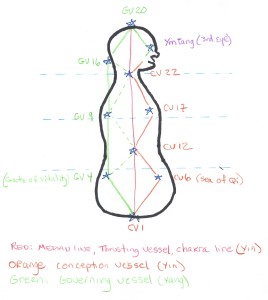 whole GV circuit forward, across the anal mouth to meet CV-1 in the center of the perineum. This circular flow forward is much more subtle than ‘tucking’ the tail, as it is not initiated muscularly, although the muscles feel and respond to the flow. It is a subtle action, not a gross one. You may feel it as a subtle elastic pulling of the center connective tissues in the middle of the figure 8 link anal and urogenital sphincters.
whole GV circuit forward, across the anal mouth to meet CV-1 in the center of the perineum. This circular flow forward is much more subtle than ‘tucking’ the tail, as it is not initiated muscularly, although the muscles feel and respond to the flow. It is a subtle action, not a gross one. You may feel it as a subtle elastic pulling of the center connective tissues in the middle of the figure 8 link anal and urogenital sphincters.
The flow through the GV circuit can be blocked not only at the coccyx, but also at other obvious places such as the kidneys (GV-4), back of the heart (GV-9), and back of the skull (GV-16), which is why Daoist master Jeffrey Yuen has included them on the sheet above.
In a similar manner, the CV/ yin energy needs to flow in the opposite direction. For better leverage, and because of abdominal weakness, we can begin this action at CV-2 on the pubic bone, past CV-1 and into the GV circuit. We will get to some other key points such as CV-6, 17, and 22 later. Eventually all of the points along the CV pathway have to be engaged in this to complete its component of the micro-cosmic orbit, and, of course the energy should be free to flow in both directions, forward flexion of the circult/down the front and up the back, and reversing action of torso extention, up the front and down the back. Think of our natural state is a neutral idling of a car engine, neither engaging forward or reverse. When we want to move, we transition (use the transmission) to direct the flow in the correct way.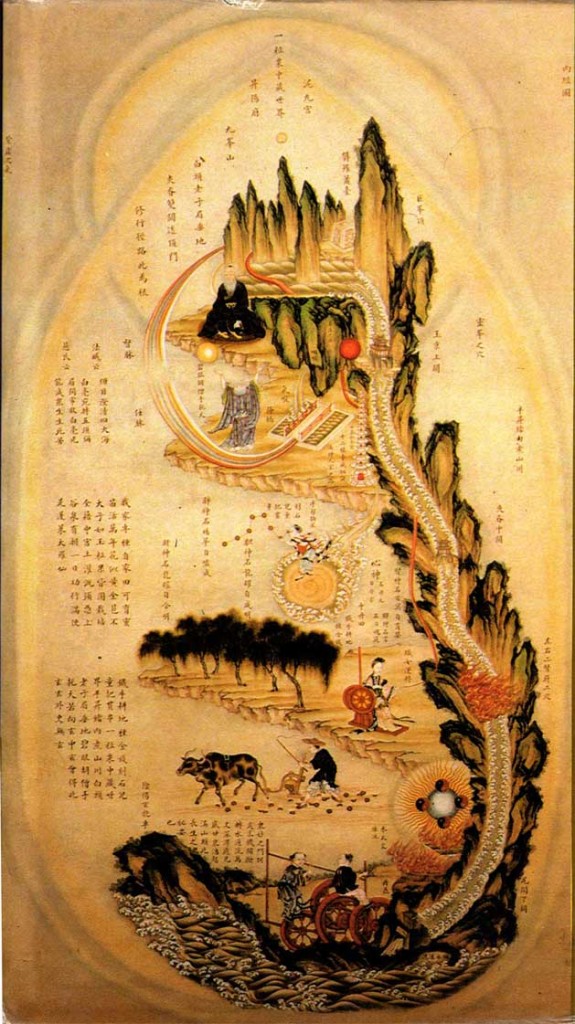
Now check out the boy and girl turning the waterwheels in the lower dantien in the Nei Jing Tu above and make the connection. They are paired, yin and yang, as right and left, because we have a dynamic right/left symmetry throughout the body but they also set up a dynamic curving field that induces energy through the central microcosmic orbit channel. Notice the natural curve of the sacral-coccyx region and feel how the ‘wheels’ follow the curve. You can find the same energy pattern in the circular right and left acetabulae and the femur head. Some questions to ask yourself in reference to the wheels, the sacrum and hip joints: In which direction is are my wheels turning? Are the two wheels working together, or are they out of phase? My right hip/leg imbalance is totally obvious from this perspective and I am slowly learning to restore some balance from this subtle work
The water wheels represent the kidneys, the key organ system in Chinese Medicine. They are the first ‘organ to appear, even before the heart, and represent the water element. The are the most ‘yin’ of the six yin organ systems, and the heart is the most ‘yang’ of the yin organs. Yin involves listening, receiving, nurturing and storing, where as yang represents acting, giving, protecting and relating to the the outer world.
To help feel how the kidneys are crucial in the linking of all of these pieces, we can use the principle of ‘kidneys grasp the qi’. In Chinese Medicine, the qi of the in-breath is pulled in and down all the way to the root of the pelvis by the action of the kidneys. Connect the right/yang and left/yin wheels to your right/yang and left/yin nostrils and feel the in breath coming all the way down into the pelvic floor area. The out breath comes from releasing the central tendon of the diaphragm upward, not releasing the kidneys nor the forward pull of GV-1. This elastically links the central tendon of the diaphragm with the seat of the yin at the center of the perineum.
Interlude: Non-Digital Alternate Nostril Breathing: Explore linking the nostrils to the two water wheels down in the pelvis, feeling right and left side for differences. Imagine the breath travels right through the center of each nostril on both in and out breaths. The try alternate nostril without using your hands, just your mind. Exhale through the right nostril fully and then allow the inhalation to come in through the right. Exhale through the left, inhale through the left; exhale through the right, inhale through the right, etc. For those who are familiar using the hand and fingers for alternate nostril breathing, feel free to practice this way. In all cases, if possible, stay in touch with the ‘water wheels’, linking nostrils to pelvis.
One more gem from the Nei Jing Tu: Notice that the water wheels send the water up the front of the spine to fill a cauldron being heated by a fire. Water (kidneys/bladder, a yin/yang pair) rises to meet the descending fire (heart/small intestine, another yin yang pair), bringing fire and water into a dynamic and balanced relationship. As the water wheels turn, feel the bladder lifting up toward the small intestine. The meridians of the bladder and small intestine, both yang organs, are linked in Chinese medicine through what is known as the TaiYang or greater yang, a single channel. This channel is frequently used to alleviate back pain, and you can find this your self be feeling how when the kidney wheels are engaged and the qi is flowing freely, strain is removed from the spinal muscles.
This water fire balance can be experienced in any and all yoga poses. It is a good way to discover how to dissolve old habits and liberate new layers of tissues/consciousness in the body/mind field.
(PS: somehow this was published by accident a few days ago, before it was ready. I have tried to clean it up. More to come including:
Fibonacci Series, Taoism, Embryology, Iyengar’s Yoga practice, and the nature of growth, development and evolution.
PS 2: I’m into my chemotherapy treatment, so my brain isn’t always sharp and/or energized, and the Boston Notes blog has been coming more slowly than I had originally hoped. There is a lot more to unpack. Stay tuned!


